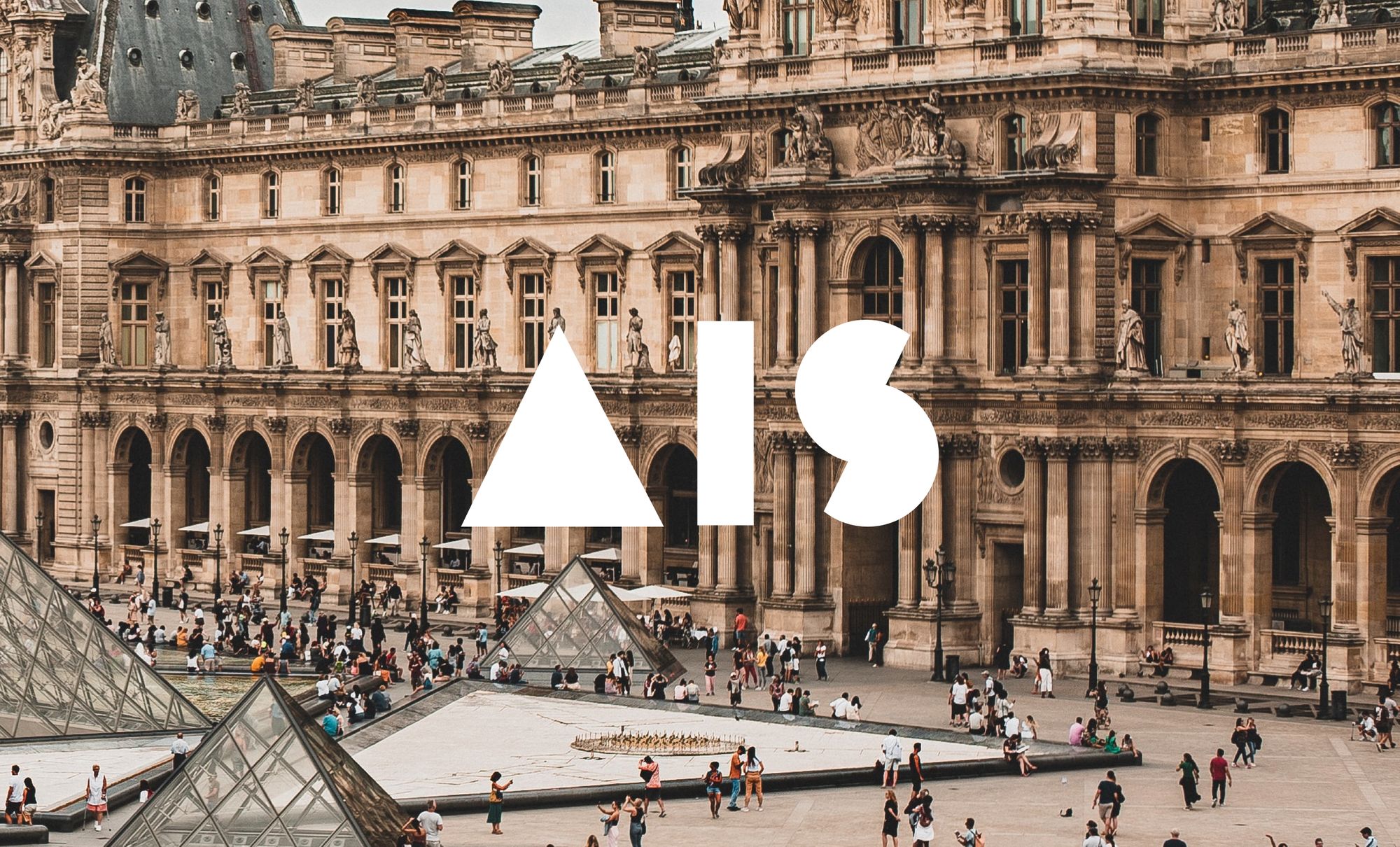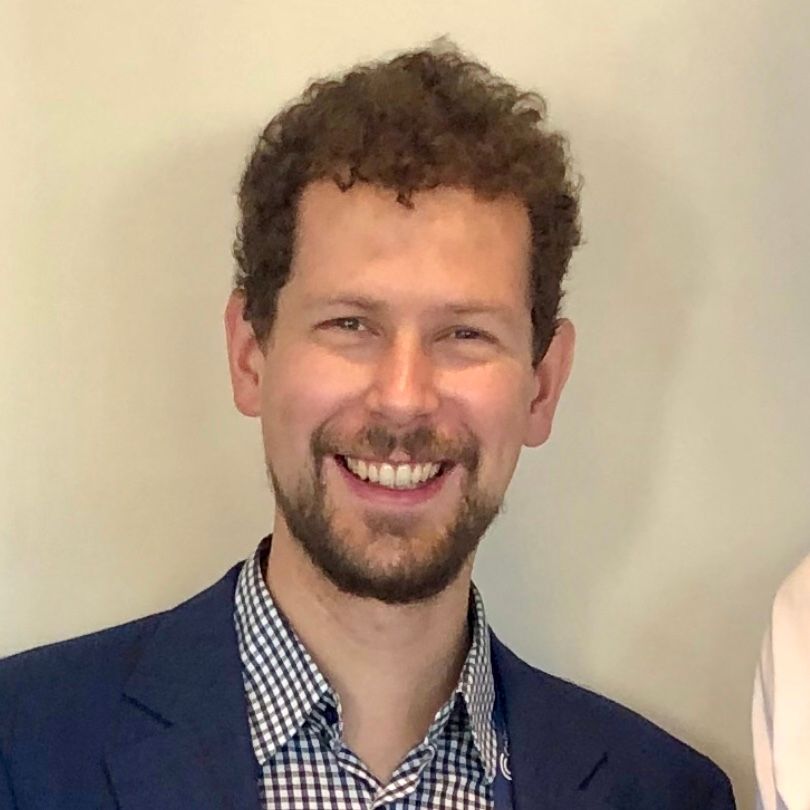Arteïa's perspective on the Art Identification Standard initiative - part 2.

After getting a glimpse of the landscape of identifiers and some of the organisations that establish standards in the first part of this post, let us now consider an ID for art (aID) and the properties of an organisation that would be able to define it and make it a standard. First of all, we can ask ourselves how artworks are different from books, movies or scientific papers.
What’s in the ID?
First, much of an artwork value comes from the fact of it being unique in the sense that the copy of an artwork (multiples aside) is of lesser significance than the original. This cannot be said about books for example (except for limited and numbered editions). This fact makes the authenticity and the provenance of an artwork hugely important. There is therefore a natural tendency to go beyond the unique identifier for a given object and think about methods and procedures for gathering provenance, defining the process of as well as tools for identifying or authenticating artworks. In our opinion, these aren't issues for AIS to standardise, on the contrary, this is the work of art experts and problems to be solved by diverse non-profit institutions and for-profit companies. AIS should only provide a common component for the tools tackling those challenges, namely the artwork identifier.
The provenance issue touches upon the question of the link between the identifier and the metadata associated with it and the artwork. We believe that the identifier and the very basic information, like the title and the author of the object, should be permanently attached to each other and be visible to all. The provenance on the other hand is often the result of valuable work performed by an expert who might decide that it should be visible only after purchasing access. If one would allow metadata to be hosted by entities other than AIS, which we believe should be the case, the solution needs to include a mechanism for locating such information based on the aID. Moreover, the identifier itself should not be endowed with the notion of ownership, or the ownership of the identifier should be permanently assigned to AIS. One of the reasons is that trying to include ownership would add a significant layer of complexity to the solution, one that would not be needed to fulfill its main objective of assigning a unique identifier to the artwork. This, to a large extent excludes the use of non-fungible tokens (NFTs), as they are explicitly designed to be an asset that can be owned and which ownership can be transferred. Of course this will not exclude entities other than AIS from using NFTs in conjunction with aIDs.
Sustainability
Another unique thing about the Art World is that many of its actors, but especially museums and other institutions, don’t think on the time scale of years or decades but in terms of centuries and generations. One of the consequences is that an acceptable solution must be set up in such a way that even if AIS were to disappear, the solution would remain operational.
Vetting
Lastly but importantly, books, movies, pdfs are well defined objects. Art however doesn’t fit into definitions. In the case of books, publishers apply for ISBN assignment to their respective national ISBN Agencies. Who however can say what is and what is not art, or what are the criteria for somebody to be an artist or not? Therefore, if AIS as a consortium cannot be the judge of what can be assigned an aID, can it decide who can assign it? It seems it cannot. And then, if anyone can assign an aID, can we prevent the creation of identifiers for objects that are clearly not art, which in some way break the law or simply already have an identifier? If AIS itself, or with the help of a partner, were to engage in some sort of vetting or KYC process, would it be able to adhere to the criterion of being sustainable as it was formulated above? Moreover, checking who is assigning the identifier may to some extent discourage bad actors from, for example, attributing a particular artwork title to a wrong artist, but would it prevent them from doing that? Probably not, and more importantly it would not inform us on whether the attribution is wrong in the first place. This touches upon a well known problem of many blockchain based solutions. We can trust the anchored data was not tampered with but the source of the data itself needs to be vetted separately. This is what blockchain doesn’t solve for and, as it is often said in the context of data science and machine learning - garbage in, garbage out. Fortunately, as we underline again and again, AIS is not meant to be an arbiter of truth, not even as basic as an association between an artwork title and its creator name. One might ask however, if anything can be associated with an aID how can it be useful? The answer lies in the fact that vetting can be arranged as a self-organised process, in which only those aIDs that are embraced by members of the art market community become useful and are being used, the rest falling into obscurity. The role of the AIS is therefore to establish a basis for this process in such a way that it has a chance to become the most efficient and effective as possible.
Governance
The adoption and sustainability of aIDs will heavily rely on the robustness and fairness of the governing body underpinning its development, promotion and execution. Below are some steps we think the AIS Consortium should take to ensure a broad and lasting impact.
- Embrace The Modern Paradigm for Standards formulated by OpenStand
- Work out a clearly stated and self consistent:
- Vision for the Art World (we hope for less fragmentation of information, more transparency and resulting increase in efficiency)
- Purpose
- Mission
- Goals (with a realistic timeline)
- Define and implement transparent rules for:
- Financing (with a healthy proportion of membership fees, donations and grants)
- Representatives (with broad participation and at the helm an esteemed person, for example a member of academia independent from participating commercial companies)
- Access and membership requirements
- Decision making process (with a merit based approach)
- Contributions (as balanced as possible, with larger contributions resulting in discounts on membership fees)
- Intellectual Property management (with the goal for the standard to be freely available and implementable)
- Clearly and transparently formulate benefits of membership and pro-bono contributions
- Introduce inclusive mechanisms for all stakeholders like artists, art professionals to state their comments and opinions and incentivised to do so
Founding attributes of aID
As the reflection of the above and inspired by the examples of identifiers examined in the first part of this note, we believe the solution for aID has to be
- Endowed with the properties of:
- Uniqueness
- Persistence
- Resolvability
- A degree of decentralisation
- Neutral (not favouring any company, or its proprietary technology, nor any artist or institution)
- Open source (the code needs to be carefully wrapped under one of open source licenses disallowing copy cats and straight IP theft)
- Sustainable (with low operational costs shared equally across its members both in terms of funding and, if possible, development contributions)
- Robust and built to last (its operability shouldn’t depend on the existence of any organisation, even AIS, if possible, by implementing a fire & forget technological foundation/framework)
Benefits to the Art World
The aID will be primarily used when two or more entities (companies, organisations, researchers) will have to perform some tasks on a joint set of artworks. This can be a shipping company, an insurance company and a collector, each maintaining his own database of objects. With aID implemented in their systems, the communication between them will be more efficient, especially when they are working together with multiple objects and on different occasions.
Beyond that, the aID (with its properties described above) and the solution built on top of it could bring many benefits to the art community. We list some of them below.
- (In many cases) replacing long descriptive metadata needed to identify artworks.
- Facilitating collaboration, reducing cost, time and probability of errors for transactions like lending and purchase as well as services.
- Facilitating research, helping compilation of bibliographies and Catalogues Raisonnés
- Facilitating adherence to AML regulations and fraud prevention.
- Reducing the number of instances when the task of establishing provenance is needlessly done multiple times.
- Facilitating search of artwork databases.
- Enabling better artwork data analytics.
- Enabling artists to better protect their financial rights.
- Bringing more liquidity to the art market.
- And more...
In our third, more technical piece on this subject, we will explore the notion of decentralised identifiers and how they can perhaps be used to realise the above vision.

